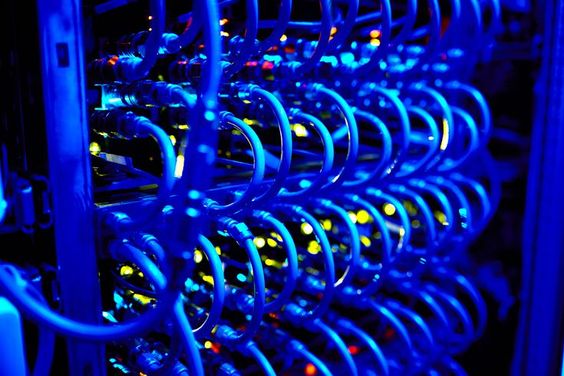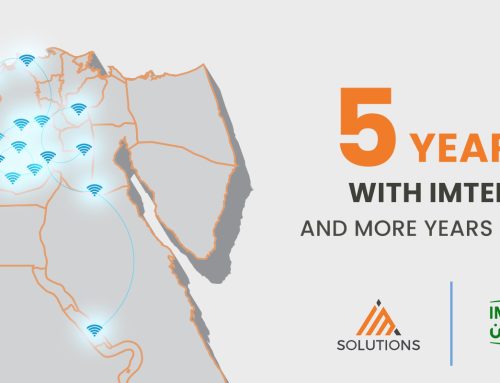In the ever-evolving landscape of business internet solutions, leased lines stand out as a premier choice for enterprises seeking reliable, high-speed connectivity. A leased line provides a dedicated, uncontended connection, ensuring consistent performance and symmetrical speeds for both upload and download. However, these benefits come at a cost, which can vary significantly based on several factors. This article delves into the intricacies of leased line pricing in 2024, highlighting key considerations and typical costs.
Types of Leased Lines and Their Costs
- Fibre Ethernet Leased Lines
Fibre Ethernet is the gold standard for leased lines, offering unparalleled speed and reliability. These connections provide symmetrical bandwidth, meaning upload and download speeds are equal, which is critical for businesses that rely on high-speed data transfer in both directions.Speed and Cost: Fibre Ethernet lines can offer speeds from 10 Mbps to 10 Gbps. Monthly costs for these lines vary widely:50 Mbps: Approximately £255 to £275 per month (Expert Market).
100 Mbps: Typically between £290 to £310 per month (Expert Market).
1 Gbps: Costs can range from £610 to £875 per month (Expert Market).
Installation Costs: These can be substantial but are often included in promotional offers. Typical installation fees range from free to several thousand pounds, depending on the complexity and location (BusinessFibre.co.uk).2. Ethernet over FTTC (EoFTTC)
EoFTTC combines fiber and copper cables, making it a cost-effective option for businesses near fiber-enabled cabinets.Speed and Cost: EoFTTC offers speeds from 2 Mbps to 20 Mbps. Prices for these lines start at around £90 per month, making them an affordable entry-level option for smaller businesses (Expert Market).
Installation Costs: Generally lower than Fibre Ethernet, with faster installation times (BusinessComparison).
3. Ethernet in the First Mile (EFM)
EFM uses multiple copper pairs to deliver data, offering a balance between cost and performance.Speed and Cost: EFM provides speeds up to 35 Mbps. Monthly costs are typically lower than Fibre Ethernet but higher than EoFTTC, depending on the provider and contract terms (BusinessComparison).
Installation Costs: Similar to EoFTTC, though often higher due to the use of multiple copper pairs (BusinessFibre.co.uk).
Factors Influencing Leased Line Costs
1. Bandwidth Requirements
The primary determinant of leased line price in Egypt is the required bandwidth. Higher speeds come with higher costs. Businesses need to assess their bandwidth needs accurately to avoid overpaying. For instance, a business requiring 100 Mbps will pay significantly more than one that can operate efficiently with 50 Mbps.
2. Location
Urban areas with robust telecommunications infrastructure tend to have lower costs due to competition and easier access to fiber networks. Conversely, rural or remote locations can face higher prices due to the additional infrastructure required (Connect2).
3. Contract Length
Leased line providers often offer discounts for longer-term contracts. While a one-year contract might be flexible, committing to a three-year contract can result in lower monthly rates and reduced installation fees. However, businesses should ensure that long-term contracts align with their growth plans and future needs (Connect2) (BusinessFibre.co.uk).
- Additional Services
Many providers offer additional services such as managed routers, security features, and enhanced support. These services can add to the overall cost but might offer better value through bundled packages. Businesses should consider these add-ons based on their specific needs (BusinessComparison).Benefits of Leased Lines
Reliability: Leased lines offer guaranteed uptime, often backed by Service Level Agreements (SLAs). This is critical for businesses that rely on constant internet access for their operations.
Symmetrical Speeds: Equal upload and download speeds are ideal for data-intensive activities like video conferencing, large file transfers, and cloud-based services.
Dedicated Connection: Unlike shared broadband connections, leased lines provide a dedicated connection, ensuring consistent performance without bandwidth contention (BusinessComparison).
Conclusion
Investing in a leased line can significantly enhance a business’s internet reliability and performance. While the costs can be substantial, the benefits of consistent, high-speed connectivity often justify the expense. Businesses should carefully evaluate their bandwidth needs, consider the location-specific costs, and explore different providers and contract options to find the best fit for their requirements. By doing so, they can secure a leased line solution that supports their operational needs and growth ambitions while optimizing their investment.




